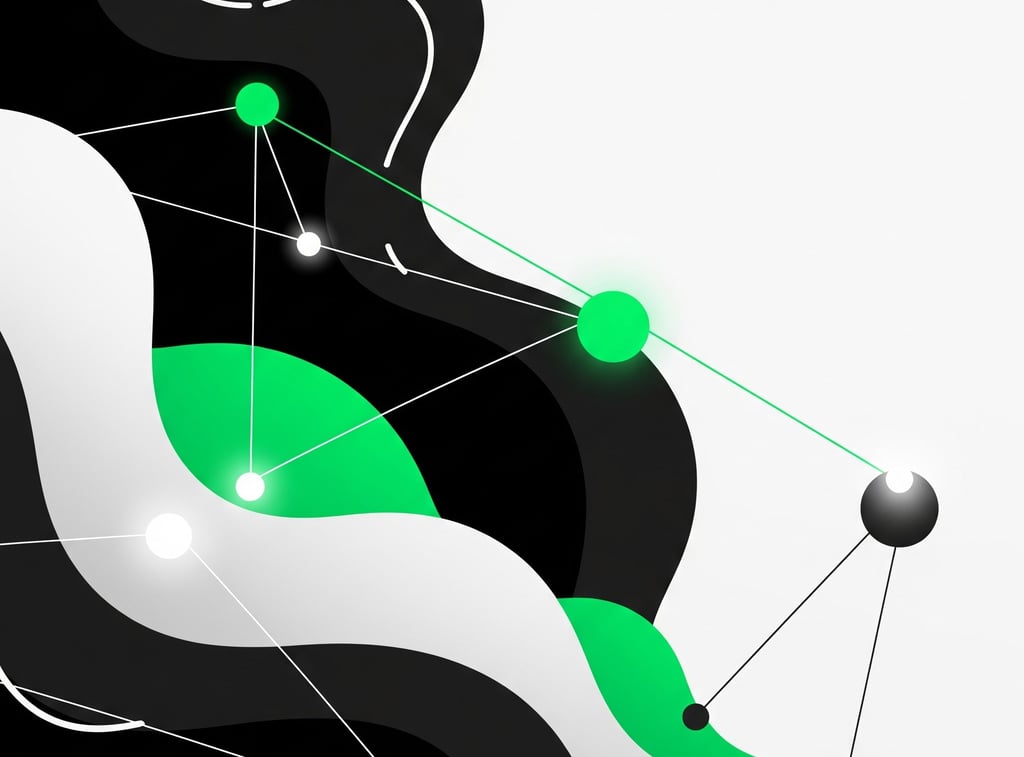AI-Powered UX/UI: The Design Trend to Watch – Note24
Personalized UX is taking center stage in 2025, thanks to AI. From smarter layouts to content that adapts to each user, Note24 explores how designers are using AI to build digital experiences that feel human.
DESIGNAI
6/28/20252 min read
AI-Powered UX/UI – When Design Starts to Think for You
Personalized UX is taking center stage in 2025, thanks to AI. From smarter layouts to content that adapts to each user, Note24 explores how designers are using AI to build digital experiences that feel human.


What Does AI-Powered UX/UI Actually Mean?
Let’s be real—UX and UI used to be about layout, colors, and maybe a smooth animation or two. But in 2025, UX is getting smarter. Thanks to AI, apps and websites are no longer “one size fits all.” They’re starting to adapt, predict, and respond—almost like they know you.
That’s the power of AI-driven personalization.
How Designers Are Using AI in 2025?
Here’s how AI is shaping the way designers build digital experiences right now:
Predictive Interfaces: Instead of showing everyone the same home screen, AI can display what you are most likely to need—based on time, location, and habits.
Smart Navigation: Menus and buttons adjust based on usage patterns. Less clutter, more relevance.
Voice & Emotion Recognition: Some experimental UIs adapt not just to clicks, but to tone of voice and even facial expressions. Wild, right?
Auto-Adaptive Content: News apps, eCommerce, and even fitness platforms are using AI to tailor content—no two users see the same thing.
Does This Make UX Better?
Short answer: Yes—but only if used with care.
Great UX is about clarity and trust. When AI is used to help users (not manipulate them), it can make products feel smoother, faster, and more personal. But when overdone, it feels creepy or confusing.
The best designers are finding a balance—letting AI do the heavy lifting behind the scenes, while keeping the interface clean and easy to use.
Real Examples from 2025
Spotify is using AI to redesign playlists dynamically based on your activity (working, walking, chilling).
Airbnb now personalizes the entire search flow—from destination suggestions to pricing filters.
Duolingo uses adaptive learning paths that shift daily, based on your strengths and weak spots.
These aren’t just cool features—they’re shaping how users feel when they open an app.
What This Means for Designers?
Designers now need to think beyond pixels—they need to think in systems and signals. It’s not just about how it looks, but how it responds. Understanding data, working with AI models, and planning for adaptive flows are now part of the design process.
Final Thought
AI in UX isn’t about replacing designers—it’s about giving users the digital experience they didn’t even know they needed. And when done right, it doesn’t feel robotic—it feels human.
So the real question is:
What would your product look like if it could think?
Discover More
Note24 Your source for tech, design, and global insights.
Connect
Discover
© 2025. All rights reserved.
